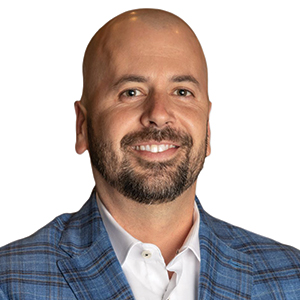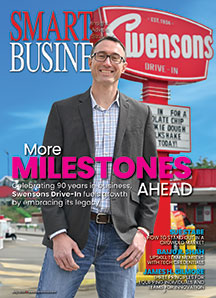The past few years have demonstrated that resilience in the face of uncertainty is critical for businesses to survive and grow. A research report recently covered in Inc. identified traits of people it describes as “future-minded,” those who are able to think about the future and imagine new possibilities. Future-focused leaders rate much higher than average on traits like innovation, resilience, agility and engagement.
So how can you nurture this style of leadership? I’m convinced that no one trick works in all situations. Leadership development must be tailored to the business unit and individual involved in each situation. For example, a leadership program for your marketing and sales unit would differ significantly from a program in your IT department. That said, there are two key principles to keep in mind that can help you develop future-focused employees who thrive professionally.
Focus on the whole person
Over the last few years, we’ve learned that flexibility is key to a happy team. Now more than ever, employers must look holistically at their employees and accommodate their preferences whenever possible.
This includes flexibility in career development preferences and passions. The mindset used to be that if an employee excelled at Job A, they were rewarded by being placed on the Department A management track. But management is a discrete skill set, and not every employee aspires to advance to the executive suite. An employee can be a leader without direct reports by excelling within their niche, whether by leading innovation, taking on more responsibilities, or leveraging training opportunities to increase their expertise.
Employees may also aspire to move from one department or function to another, like a shift from accounting to IT. Creating a future-focused leader entails helping employees define and plan for success and advancement on their own terms. And when other employees see what’s possible, it can inspire them to stay with the company and work toward their own future career goals outside of their traditional track.
Look for personality first
In the 2008 Summer Olympic Games, DeeDee Trotter was preparing to fulfill her dream of winning Olympic gold again in the 4×400 meter relay event, as she’d done in 2004. But she was also recovering from a knee injury, and she believed stepping aside to let a teammate run in her place would give the U.S. its best chance to win. Trotter’s selfless move resulted in a gold medal for the U.S. team.
When creating a high-performance leadership program, look for employees with a team-first personality like Trotter’s. It’s an intangible skill you can’t teach, but when you prioritize it in recruiting, you’ll have the fundamentals you need to create a future-focused team where people care about outcomes and each other. You can teach the technical stuff, but it’s best to select for personality and fit.
This approach — emphasizing flexibility, open communication and support — results in sky-high employee retention and a future-focused team where leaders lift people up. Employees think about the possibilities, look at new ways to get work done and pull together daily. That’s how we’ve achieved fast growth and nurtured the next generation of leaders. ●
Jeff Beck is Chief growth officer at Leaf Home


